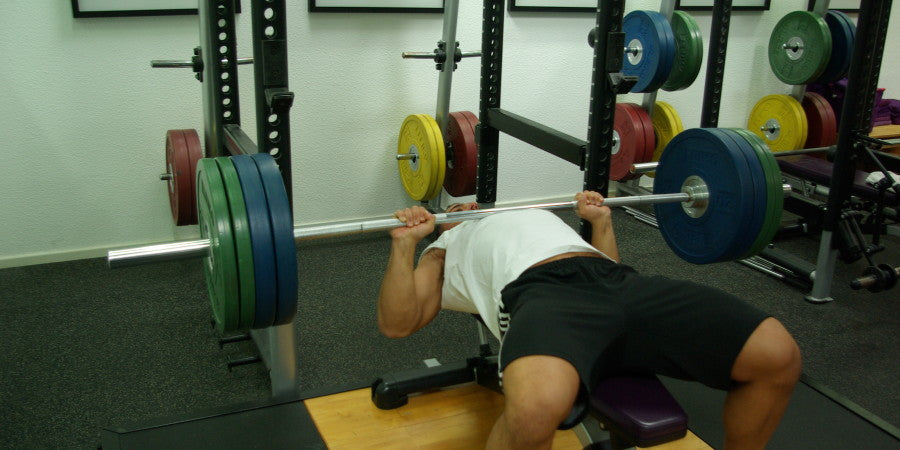"Ask the Coach" is the column in which Wolfgang Unsöld answers your questions. The book of the same name is available right here on Amazon.
Question: You often hear that you should avoid forced breathing during strength training. I keep hearing in the studio that you should breathe out when you exert yourself. When training with maximum weights, however, is forced breathing necessary or not? What is your point of view on this? Mike L
WU: Intra-abdominal pressure, which arises when you voluntarily hold your breath, is necessary to stabilize the spine and in particular to fix the chest. Without this willful holding of breath, the so-called forced breathing, exertion in the maximum range is not possible. The more stable your body or your spine is, the more strength you can develop. Forced breathing is characterized by the lack of breathing, a red head and possibly visible jugular vein congestion and ruptured vessels can occur - but only in extreme cases. Like powerlifters, for example, who get nosebleeds in some cases of extreme exertion. Such extreme cases are always paired with very high weights like 400kg+ for squats and very high body weights like 120kg+. And thus not only very rarely but also irrelevant for most trainees.
The sequence of forced breathing is similar to a medical procedure, the Valsalva maneuver, which is used, for example, to ventilate the middle ear and to examine leg veins with ultrasound. The Valsalva maneuver involves exhaling forcefully while pinching your nose and mouth for several seconds. This increases the air pressure in the airways. It is also possible, instead of covering the nose and mouth, to compress the inhaled air through the contraction of the trunk muscles and exhale from the inside against the closed glottis. This causes a large increase in pressure in the chest cavity, which in turn causes an increase in systolic blood pressure.
This increase in pressure can be associated with numerous risks, such as vascular damage, for hypertensives (patients with high blood pressure). The increased pressure inside the chest also severely impedes the return flow of blood to the heart. This means that the blood flow to the heart muscle and the cardiac output can decrease by almost half. Exercisers with previous diseases of the arteries or the heart should therefore take care to breathe regularly even during physical exertion and avoid forced breathing - and thus also heavy strength training - as this group of people has a higher risk of serious health consequences due to their previous illness.
For healthy, young people, however, forced breathing usually does not pose a risk, since the increase in blood pressure is only a few seconds. A short peak in blood pressure is much less destructive for healthy people with regard to arteriosclerosis (vascular deposits) than constantly high blood pressure, which is also just one of many risk factors. Lack of exercise, poor diet and stress are some risk factors for consistently high blood pressure that should be avoided. Regular exercise dilates the blood vessels, lowers blood pressure and is good for your health.
In summary, forced breathing is part of strength training because the increased pressure in the abdominal area caused by the forced breathing stabilizes the spine and increases strength development. Unfortunately, exhaling under stress is still a recommendation from some theorists who lack training experience. Forced breathing is part and basis of progressive strength training. And crucial for security and progress.
Good luck with the right breathing!
Image: Forced breathing is critical to maximizing stability and security, especially during compound movements such as squats, deadlifts, and bench presses.

